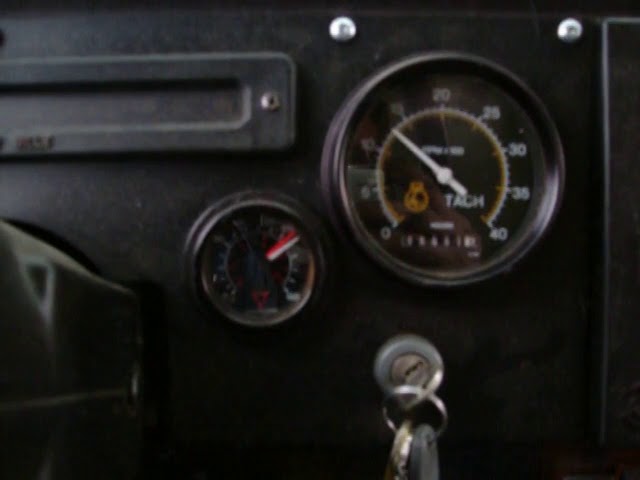Adjusting the Bendix D2 governor just takes a 7/16 wrench and a screwdriver. The unloading pressure for the typical air brake system is 120 psi but it can be higher up to 130 psi without a problem. Anywhere in the middle is good in my book. This is an easy adjustment as you can see in the video.
The adjustment is touchy and to increase unloading pressure you turn the screw clockwise and counter clockwise to reduce pressure. When the air compressor reaches it’s limit the governor is there to unload it preventing air pressure from building too high. For you seasoned mechanics this is very elementary information but for those who didn’t know how to make this adjustment then I hope this info helps.
The unloader is located at the air dryer and where the air pressure is directed to when the governor setting is reached. There is an unloader port at the governor that is routed by an air line to the air dryer when 120 psi is reached. What this does is unload all the accumulated oil and moisture that has settled at the bottom of the dryer base.
At 120 psi there is an audible sound of exhaust shooting out the bottom of the dryer housing. This indicates to the operator or the tech working on the air system what pressure the governor is set at. The air dryer needs to be serviced on a regular schedule to clean out the contaminants that accumulate over time.
We service our air dryers every 2 years which includes a dessicant filter and unloader service kit. Also included is a heater that prevents the bottom of the dryer from freezing in the winter time. The AD9 air dryer can be serviced quickly in-frame using a replacement unloader valve assembly that is secured by three bolts. The filter is removed by removing the bottom section of the dryer.
Other concerns when working on an air brake system is to watch for a restricted discharge line off of the air compressor. The heat directly pumped out of the compressor is very hot so a steel braided line must be used to absorb the heat. If you use a standard air brake hose it will not last due to the high heat. Another option is copper line that some manufacturers still use to this day.
Thank you for reading this post and make a comment below if you have something to add or you have a question. Check out the mechanicshub.com site you’re on right now. It’s a mechanic friendly place for people (you don’t have to be a certified mechanic) to exchange information. The forum is a great hangout to get questions answered.







